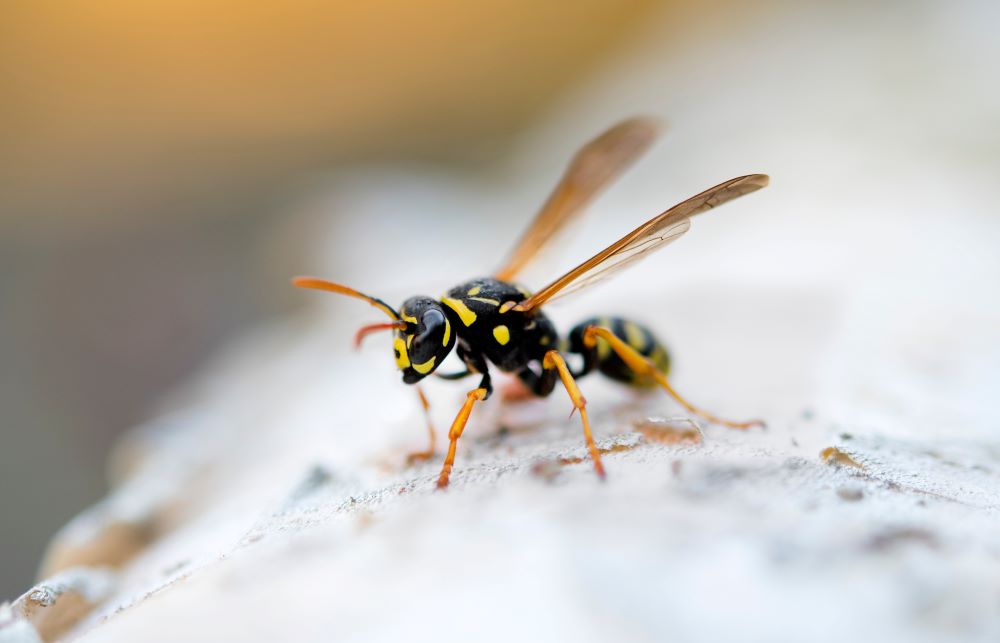
In the intricate web of urban and rural ecosystems, human habitats often intersect with those of various wildlife, including insects like wasps. These interactions, while a natural part of our world, can sometimes lead to pest infestations, challenging to manage and mitigate. Understanding the dynamics of these infestations, particularly those involving wasps, is crucial for maintaining safe and comfortable living environments.
Understanding Wasps and Their Behavior
Wasps, with their distinctive body structure and social hierarchy, are fascinating creatures. However, their presence in human habitats can cause unease and fear due to their potential to sting. Wasps are generally more aggressive than bees and can attack when they feel their nest is threatened. Their behavior varies among species, influencing how and when they become more active around human dwellings.
When Are Wasps Most Active?
Wasps are most active during the warmer months, typically from late spring through the end of summer. During this period, they forage for food, build nests, and increase their population. Understanding the timing of their activity can aid in identifying and preventing potential infestations before they become a significant issue.
Signs of a Wasp Infestation
Identifying a wasp infestation early is key to preventing it from escalating. Common signs include seeing an increased number of wasps in the area, finding their nests attached to buildings or trees, and observing wasps entering and exiting from crevices or holes in structures. Vigilance in monitoring these signs can help in early detection.
Dangers and Risks Associated with Wasp Infestations
Wasp infestations carry various dangers and risks, primarily health-related due to their stings. For individuals with allergies, a sting can be life-threatening. Beyond health risks, wasps can cause significant distress and limit the use of outdoor spaces. Understanding these risks emphasizes the importance of managing infestations promptly.
How to Prevent Wasp Infestations
Preventing wasp infestations involves a combination of vigilance, maintenance, and sometimes professional intervention. Sealing entry points in buildings, removing food sources, and monitoring for early signs of nest building can deter wasps from settling in human-occupied areas. When prevention measures fail, seeking professional pest control services becomes essential.
Banner Pest Services for Wasp Infestations
For those in the San Francisco Bay Area experiencing wasp infestations, Banner Pest Services offers comprehensive solutions. Banner Pest Services is the San Francisco Bay Area’s top pest control service for homes and businesses with wasp infestations. Contact us today for a free consultation!

